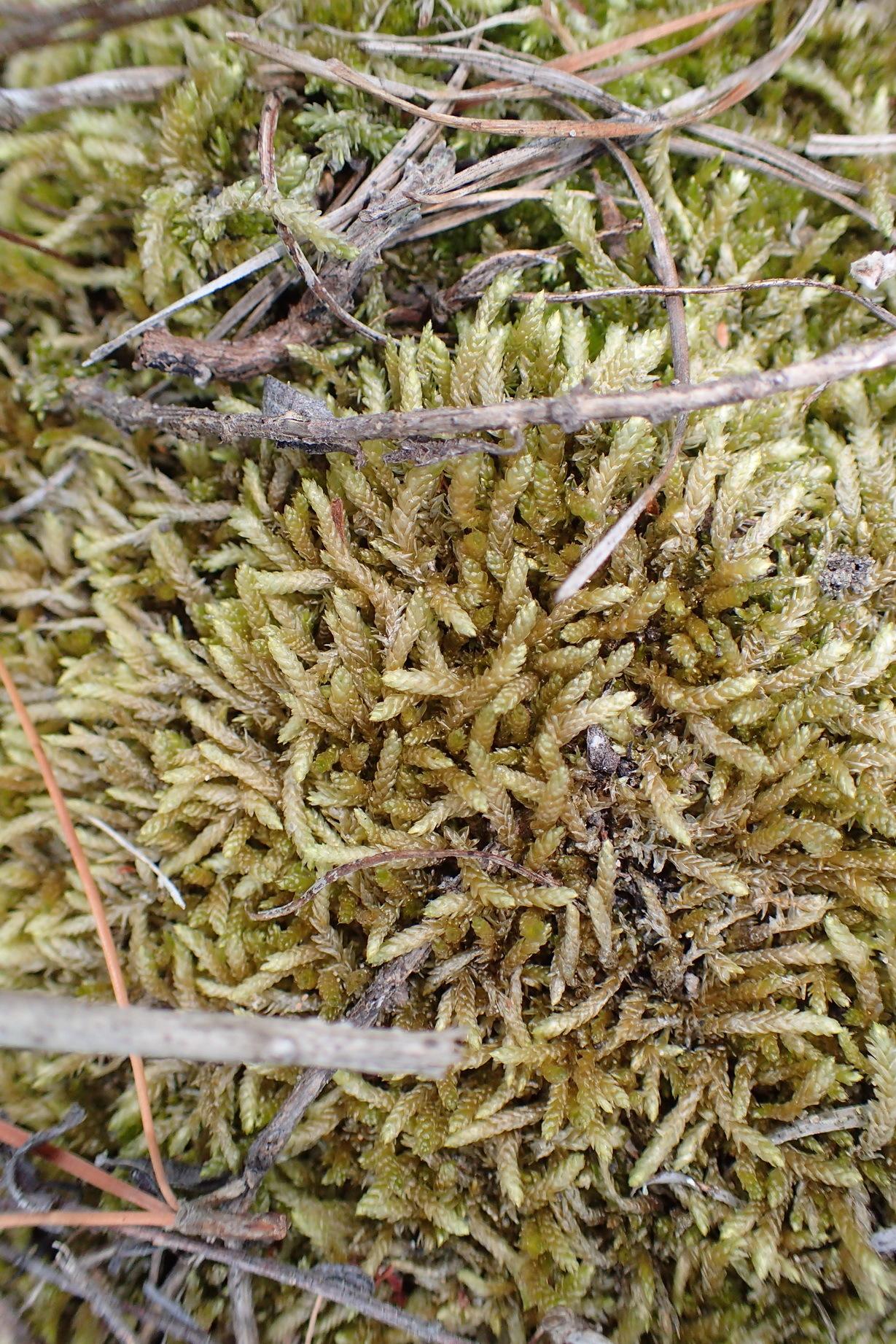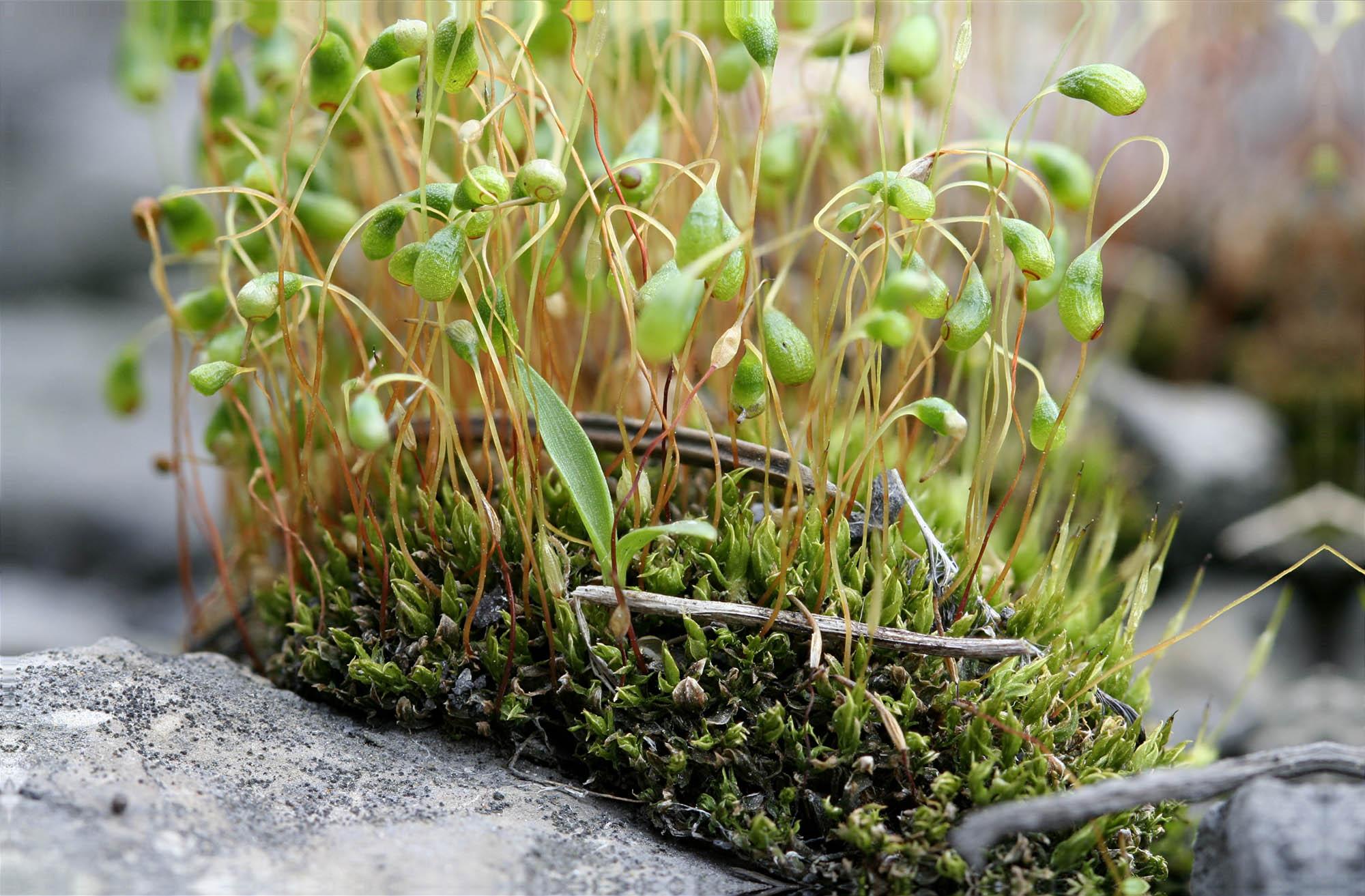
original.jpeg from: https://www.gbif.org/es/species/2673552
Introduction
In the vast and captivating world of bryophytes, one moss species stands out for its resilience and ubiquity: Funaria robustior (Müll.Hal.) Broth., commonly known as Funaria. This unassuming yet remarkable member of the Funariaceae family has captured the hearts of moss enthusiasts worldwide, offering a fascinating glimpse into the intricate tapestry of nature’s smallest wonders.
Background
Before delving into the intricacies of Funaria robustior, it’s essential to understand the broader context of bryophytes. These non-vascular plants, which include mosses, liverworts, and hornworts, are often overlooked but play a crucial role in various ecosystems. They are among the oldest land plants, dating back to the Paleozoic era, and have adapted to thrive in diverse environments, from arid deserts to lush rainforests.

Funaria-hygrometrica-13.jpg from: https://ohiomosslichen.org/moss-funaria-hygrometrica/
Main Content
Morphology and Identification
Funaria robustior is a acrocarpous moss, meaning its spore capsules are borne at the tips of upright stems. Its vibrant green gametophytes form dense tufts or cushions, creating a verdant carpet on the ground or tree bark. The leaves are lanceolate, with a distinctive midrib running along their length. When mature, the moss produces striking reddish-brown seta (stalks) that support the capsules, which are curved and asymmetrical in shape.
Global Distribution and Habitat
Funaria robustior is a cosmopolitan species, found on every continent except Antarctica. Its remarkable adaptability allows it to thrive in a wide range of habitats, from urban areas to forests, grasslands, and even disturbed sites like roadsides and construction zones. This moss is often one of the first colonizers of bare soil, playing a vital role in soil stabilization and nutrient cycling.
Ecological Roles and Adaptations
Despite its diminutive size, Funaria robustior plays a significant ecological role. Its dense mats help retain moisture and prevent soil erosion, creating a nurturing environment for other plants to establish themselves. Additionally, this moss serves as a food source and habitat for various invertebrates, contributing to the intricate web of life in its ecosystem.
One of the remarkable adaptations of Funaria robustior is its ability to survive desiccation. During dry periods, the moss can enter a state of dormancy, curling its leaves inward to conserve moisture. When conditions become favorable again, it quickly revives, showcasing its resilience and ability to thrive in challenging environments.
Case Studies/Examples
In urban areas, Funaria robustior is often found colonizing neglected corners, cracks in sidewalks, and even the crevices of old buildings. Its presence adds a touch of green to these otherwise barren spaces, reminding us of nature’s tenacity and ability to find a foothold in the most unexpected places.
Technical Table
| Characteristic | Description |
|---|---|
| Phylum | Bryophyta |
| Class | Bryopsida |
| Order | Funariales |
| Family | Funariaceae |
| Genus | Funaria |
| Species | Funaria robustior (Müll.Hal.) Broth. |
| Common Name | Funaria |
| Growth Form | Acrocarpous moss |
| Leaf Shape | Lanceolate |
| Capsule Shape | Curved, asymmetrical |
| Habitat | Widespread, found on soil, tree bark, disturbed areas |
Conclusion
Funaria robustior, a humble yet extraordinary moss, serves as a testament to the resilience and adaptability of nature’s smallest wonders. Its ability to colonize diverse habitats, contribute to ecosystem functions, and captivate moss enthusiasts with its unique morphology and life cycle is truly remarkable. As we delve deeper into the world of bryophytes, let us ponder this thought-provoking question: What other secrets and marvels await discovery in the intricate tapestry of moss species that blanket our planet?